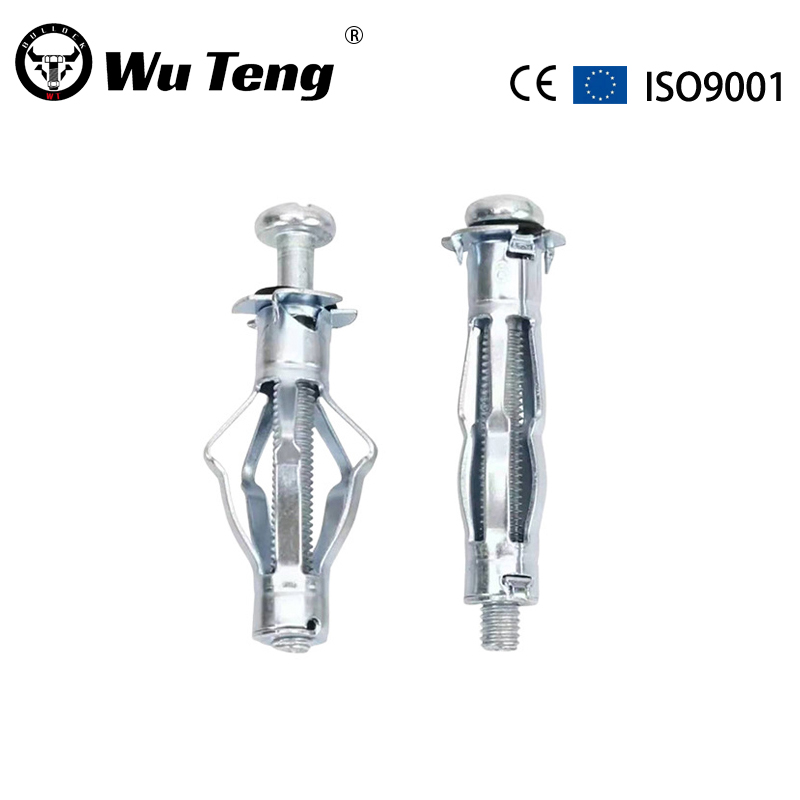
Products
Stainless Steel/Carbon Steel Spring Washer Non-Standard Metal Spring Flat Washer
| item | value |
| Material | ZINC, ALLOY, Titanium, Stainless Steel |
| GN822 | |
| other | |
| Place of Origin | China |
| Hebei | |
| 20-100 | |
| Name | retaining rings for bores |
| Material | stainless steel |
| Certificate | ISO9001-2008 |
| Grade | heavy/normal |
| Place of origin | HeBei,China |
| Surface Treatment | Zinc Plated |
| MOQ | 1TON |
| Sample | Free |
| Standard | DIN GB |
| Size | 20-100 |
Square gasket is a type of square washer.
It is usually used to increase the contact area between the connecting piece and the connected piece, disperse pressure, reduce wear, and protect the surfaces of the connecting piece and the connected piece.
The materials of square mats are diverse, including metal (such as steel, copper, etc.), plastic, rubber, etc. When choosing a square cushion, the following factors need to be considered:
- Pressure and load in application scenarios: Choose a square pad with appropriate strength and thickness based on the amount of pressure it can withstand.
- Working environment: For example, whether it is in a special environment such as humidity, high temperature, chemical corrosion, etc., determines the material of the square pad.
- Size of connecting components: The size of the square pad should match the size of the connecting components to ensure good coverage and support.
- Cost budget: The prices of square mats of different materials and specifications may vary, and cost needs to be considered while meeting demand.
There are significant differences in performance between square mats made of different materials, mainly reflected in the following aspects:
Metal materials (such as steel, copper):
High strength: able to withstand significant pressure and load.
Good wear resistance: It can maintain good shape and dimensional stability under frequent friction.
Good thermal conductivity: suitable for occasions where thermal conductivity is required.
But it may rust, and protective measures need to be taken in some corrosive environments.
Plastic materials (such as nylon, polyethylene):
- Lightweight: Easy to install and transport.
Strong corrosion resistance: able to work stably in various chemical environments.
Good insulation performance: suitable for occasions that require insulation.
However, its strength and high temperature resistance are relatively weak.
Rubber material:
- Has good elasticity and shock absorption performance: can effectively absorb vibration and impact.
Good sealing performance: can prevent liquid or gas leakage.
However, it is not resistant to high temperatures and is prone to aging.
Common applicable industries and fields for square mats made of different materials:
Metal materials (steel, copper, etc.):
Mechanical manufacturing industry: used for connecting and fastening various types of mechanical equipment.
Automotive industry: widely used in the assembly of automotive components.
In the aerospace field, it is commonly seen in connectors that require high strength and precision.
Construction engineering: connection of steel structures, etc.
Plastic materials (nylon, polyethylene, etc.):
Electronics industry: used for internal assembly of electronic devices, providing insulation and buffering.
Light industry, such as furniture manufacturing, can reduce wear and noise between components.
Chemical industry: In some corrosive environments but with low pressure requirements for connection parts.
Rubber material:
Pipeline engineering: used at pipeline interfaces to enhance sealing effectiveness.
Automotive industry: such as shock absorption and sealing in the engine compartment.
Mechanical equipment: plays a role in areas that require shock absorption and buffering.













